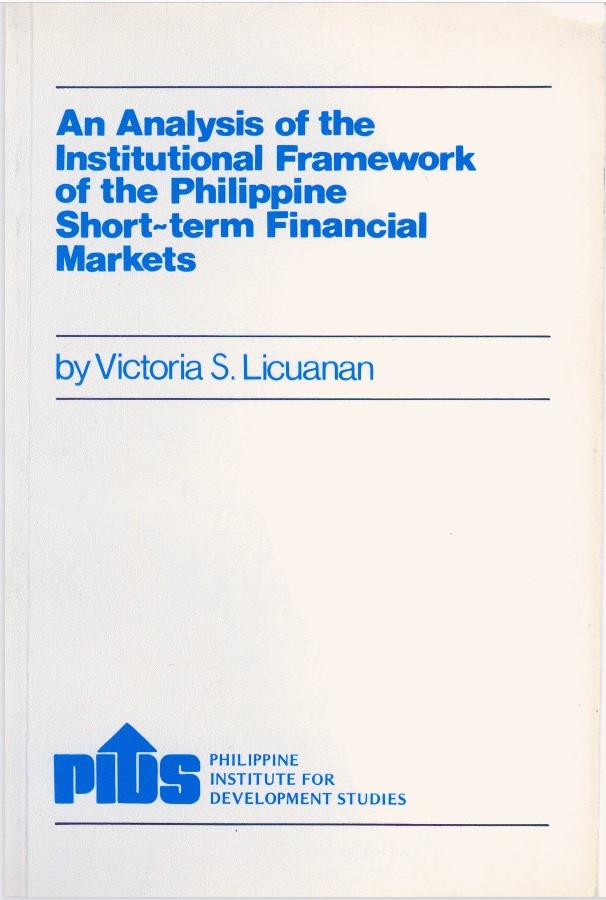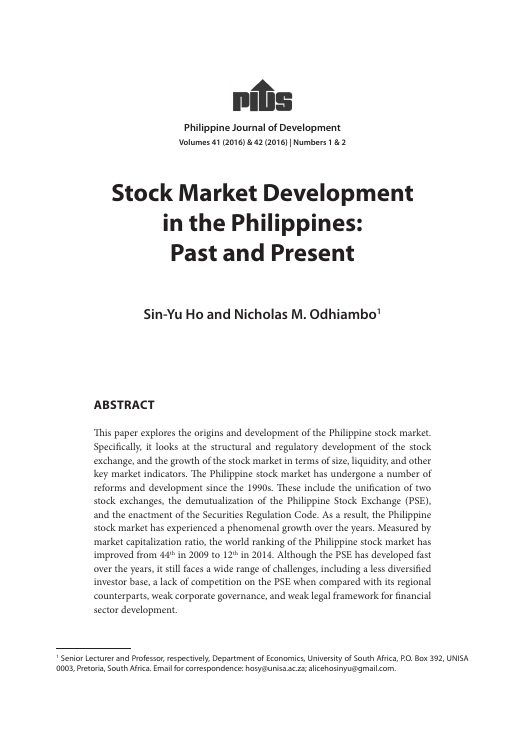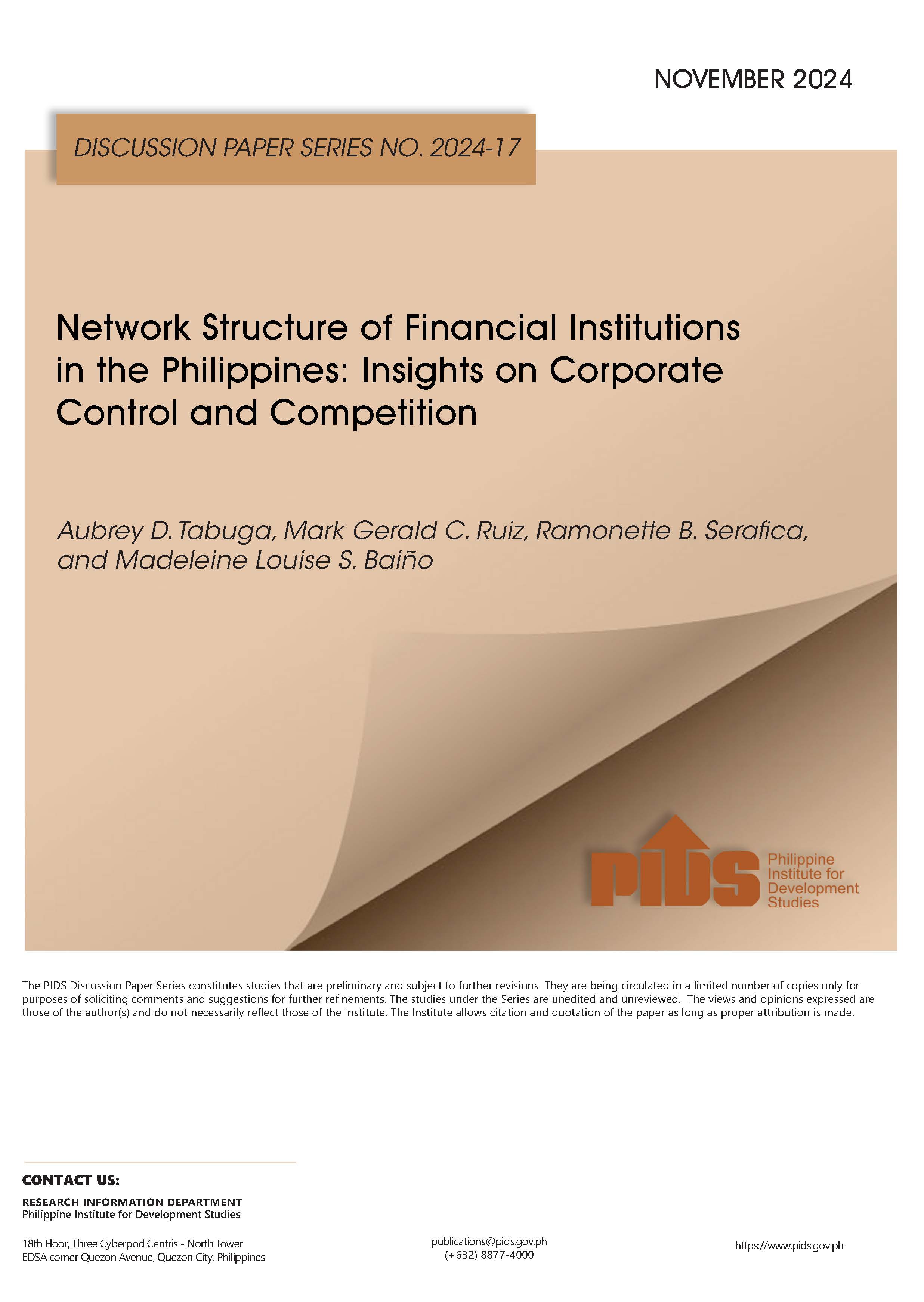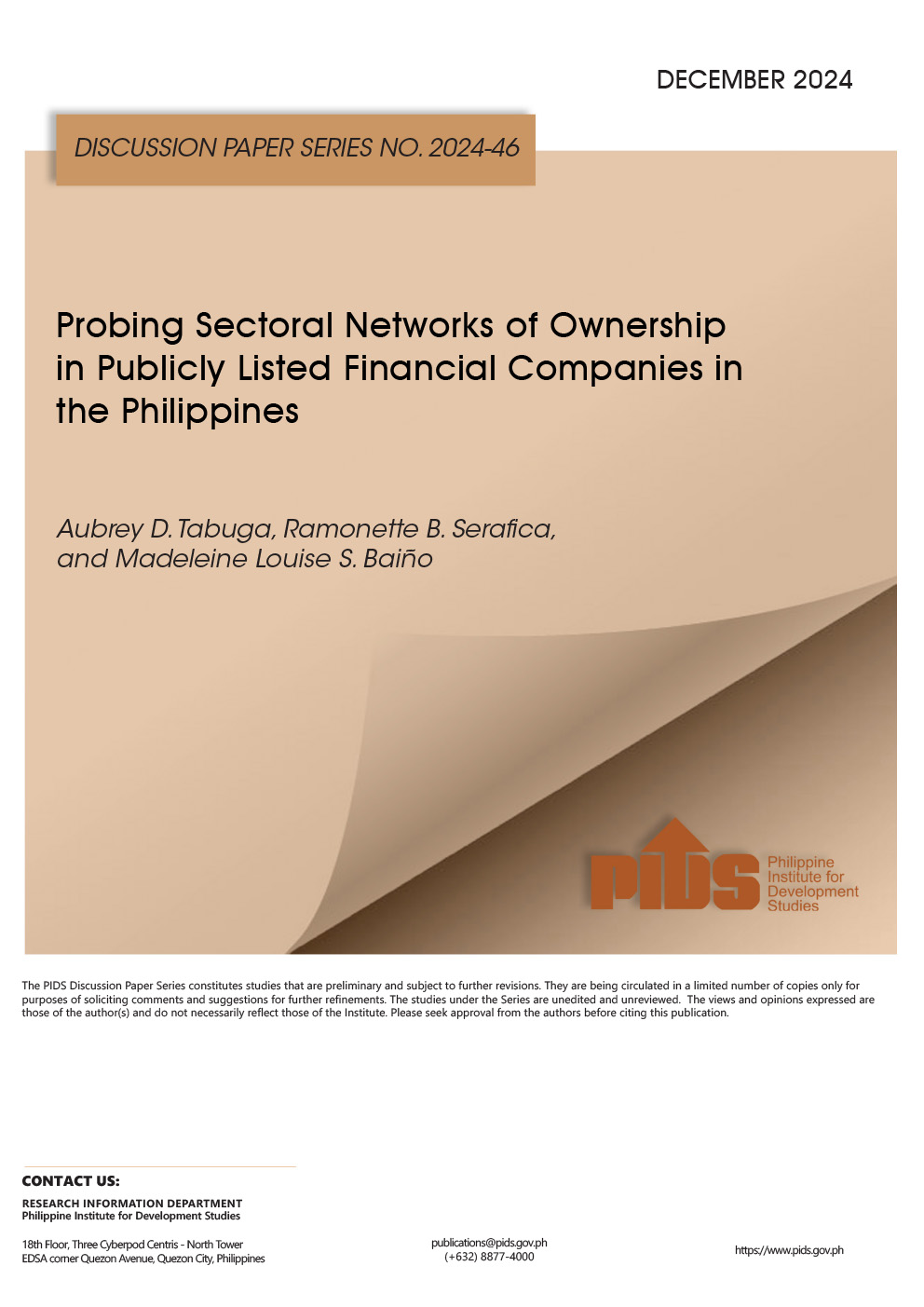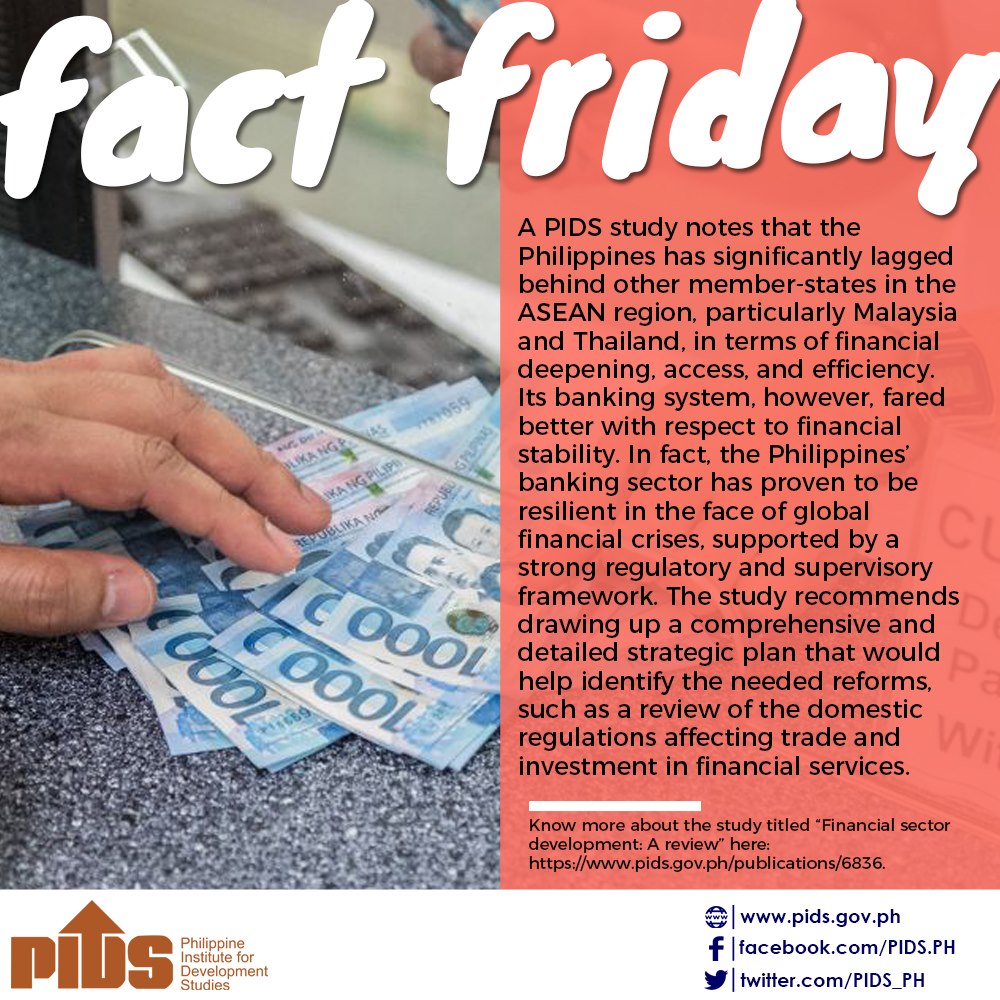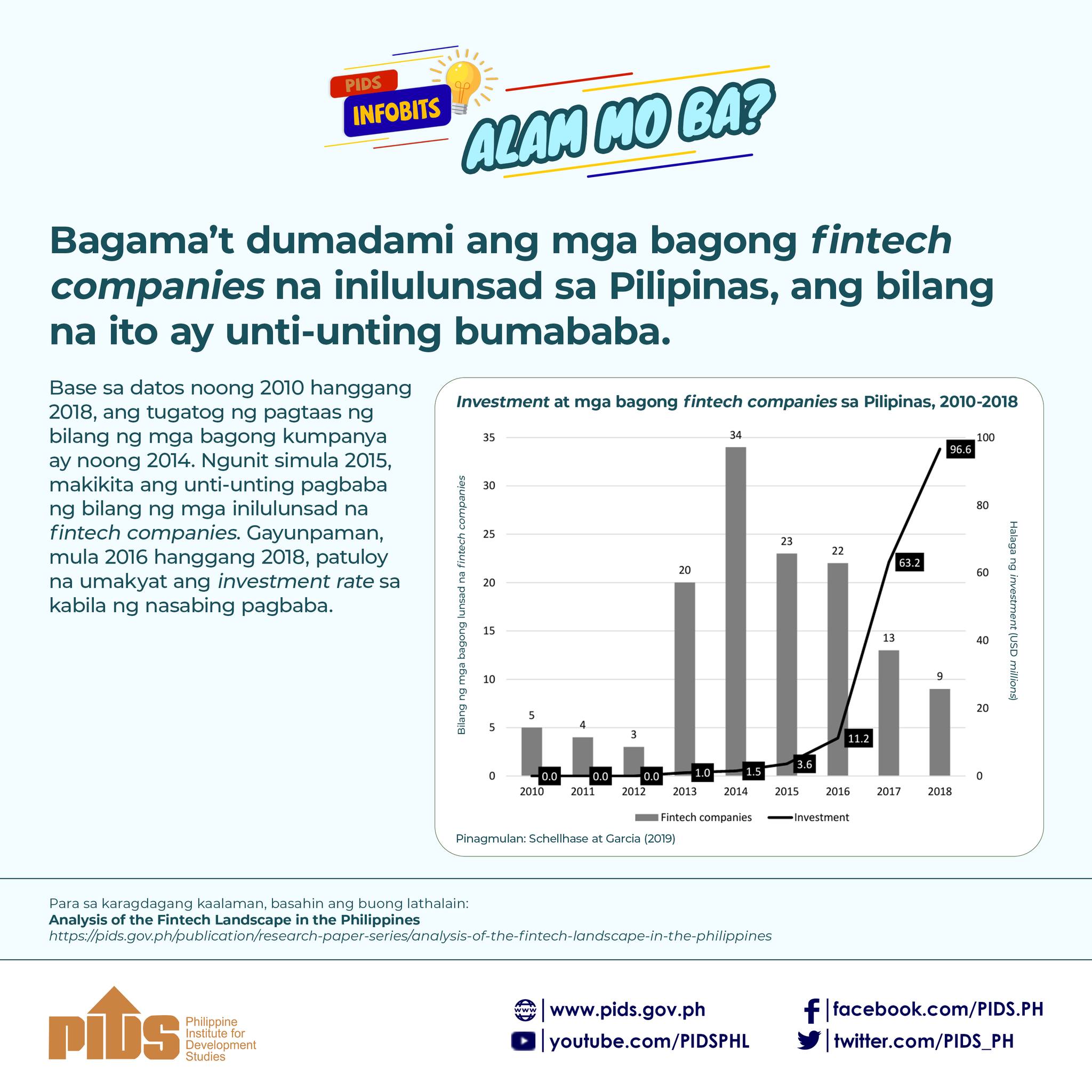This volume by Victoria S. Licuanan is a study on the institutions, instruments and financial practices that characterize the Philippine short-term financial market. Recent developments in the sector, particularly the financial crisis of 1981, are summarized and the effects of these developments on the system are discussed. The study covers not only government, private and foreign banks but also investment houses and finance companies with quasi-banking licenses. By describing the real-world operations of the market, the author makes understandable the relationship between money market flows, the various debt instruments and major borrowers and lenders. Significant implications of this relationship are also drawn, one of which, for instance, concerns the stability of the short-term financial system. Invariably, because of the quasi-banking nature of the short-term market and the dependence of finance and investment companies on money market funds with short-term maturities to fill an almost permanent need for capital, questions are raised on the stability of these institutions and the instruments that they issue. It is hoped that this study can assist in the pursuit of structural reforms in the Philippine financial system and lead to further research on the aforementioned aspects of the financial system in the near future.

